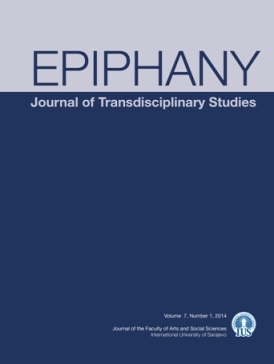A Qualitative Study Revealing the Relationship Between Cultural Indicators and Attitudes Toward the Ads
A Qualitative Study Revealing the Relationship Between Cultural Indicators and Attitudes Toward the Ads
Author(s): Emine SahinSubject(s): Cultural Essay, Political Essay, Societal Essay
Published by: International University of Sarajevo
Keywords: Attitudes; Cultural Values; Hofstede; Different Cultural Symbols
Summary/Abstract: The companies, in International markets, are required to examine the attitudes and the behaviours to recognize the consumer to be able to make their products preferable under constantly growing competitive conditions. Therefore, it is of great importance to know cultural values of the customers in the country's where global brands compete and to shape ads which is one of the marketing communication tools in this direction. In this respect, knowing the cultural similarities or differences of the countries where the ads are used (such as that country's religion, language, norms and cultural values) gains importance. The consumer attitudes towards the ads change in accordance with their cultural similarities or dissimilarities and this attitude change determines the tendency of shopping. According to Geert Hofstede, social anthropologist who analyzes the cultural levels and the relationships among them the basic elements of the culture consists of symbols, heroes, rituals and values underlying them. Thorough symbols, a number of cultural values are conveyed to ads. The problem of this study which was carried out in order to determine attitude change towards the ads including cultural differences is “Is there a difference in the attitudes towards the ads including different cultural symbols? How it is distributed according to gender differences?" In this study, a qualitative research method was applied and interviewed with 20 test subject. 20 students studying in one of the universities in Turkey were selected with formal sampling, they were asked questions, and it was tried to determine the difference between the ad of Doğuş Çay-a tea brand which uses the symbols and local accent of Black sea region in Turkey in its ads- and the ad of Lipton which is an international British tea brand. At the end of the study, it was found out that sample’s the attitude was positive towards ad of Doğuş Çay, not Lipton.
Journal: Epiphany. Journal of Transdisciplinary Studies
- Issue Year: 7/2014
- Issue No: 1
- Page Range: 5-21
- Page Count: 16
- Language: English

